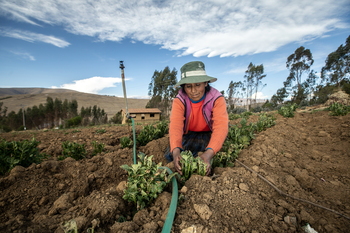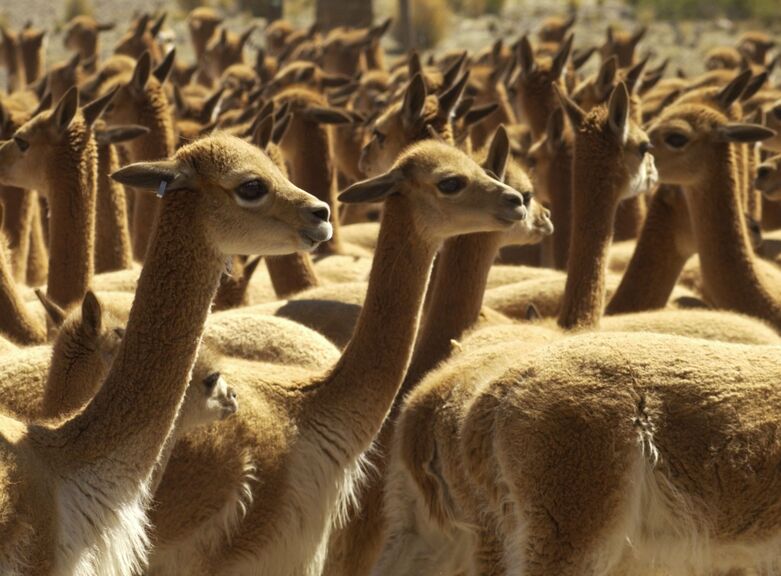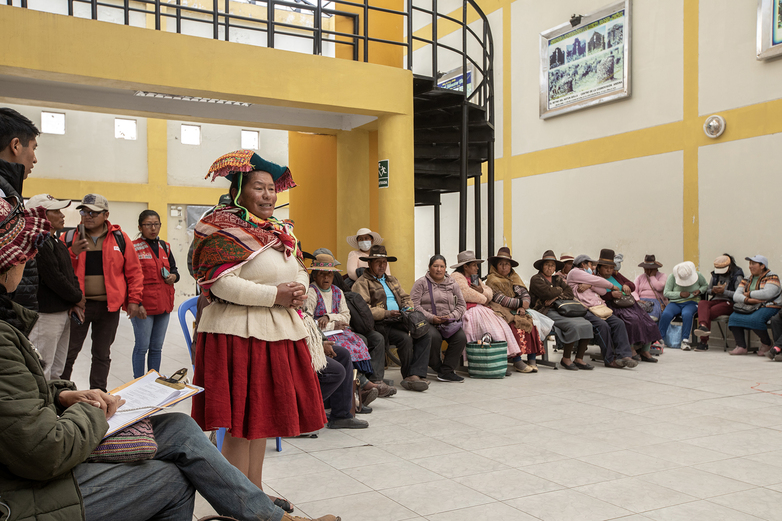Adapting ecosystems in Peru’s High Andes to climate change
Resilient Puna: Ecosystem-based adaptation for sustainable High Andean communities and ecosystems in Peru
-
Commissioning Party
German Federal Ministry for Economic Cooperation and Development (BMZ)
-
Country
-
Lead executing agency
More
-
Overall term
2023 to 2027
-
Products and expertise
Climate, environment, natural resource management

Context
Around 4.5 million people live in Peru’s High Andes. Many of them keep animals such as alpacas or sheep and practice agriculture. The ecosystem of the Puna plateau in the south of Peru also provides a reliable source of water for coastal areas and contains 70 per cent of all Peruvian nature reserves.
However, climate change is having massive negative effects on the region. Glaciers are melting and precipitation patterns are changing, while droughts, floods and severe frost are damaging livestock farming, crop production and water supplies. The livelihoods of the population are threatened, thus putting pressure on communities.
Objective
Ecosystems and the population of the High Andes are better equipped to deal with climate change.

Approach
This project strives to restore and preserve the Puna ecosystem and improve its management. To this end, it promotes nature-based measures that help to improve climate change adaptation in agriculture, in livestock farming and also in the ecosystem as a whole. It is setting up a sustainable mechanism for funding the communities so that they are able to restore wetlands, highland pastures and watering points. The funding is also intended to promote participation in agricultural and artisanal value chains.
To achieve this, the project begins by analysing the requirements of local communities and producers based on gender. It supports the development of advisory services that help participants in participatory planning, formulating measures and making use of available funding instruments.
Specialist personnel in local, regional and national authorities are trained to use participatory and gender-sensitive planning and coordination mechanisms. This increases the significance of inclusive and climate-resilient practices in spatial and land-use planning.
The project works together with the Ministry of Agriculture (MIDAGRI), the Peruvian Trust Fund for National Protected Areas (Profonanpe), the National Service for Natural Protected Areas (SERNANP) and the Mountain Institute (Instituto de Montaña).

Last update: January 2024





